Few things worry a plant parent more than seeing their once-lush, healthy leaves begin to curl. It’s a clear signal that something is off—but figuring out exactly what can feel like detective work. The good news? Curled leaves are a common issue and often reversible once you identify the cause.
Leaf curling is the plant’s way of saying, “I’m stressed.” Whether it’s from light, water, pests, or environment, there’s always a reason behind those curling edges or cupped shapes. In this article, we’ll explore seven major reasons your indoor plant leaves might be curling—and, more importantly, how to bring them back to their full, vibrant selves.
1. Underwatering Stress
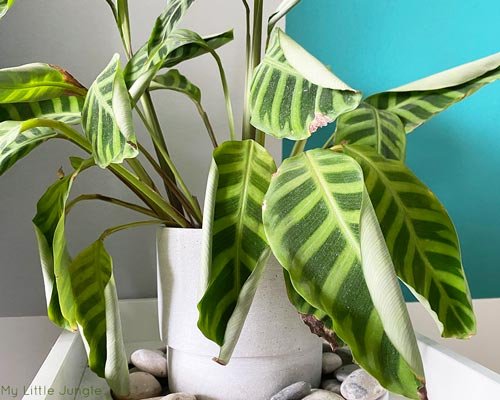
One of the most common reasons leaves curl inward is underwatering. When your plant doesn’t receive enough moisture, it tries to minimize water loss by curling or folding its leaves inward.
Signs of Underwatering:
- Leaves feel crispy or dry to the touch
- Soil pulls away from the sides of the pot
- Yellowing or browning leaf tips
- Wilting during the hottest part of the day
What to Do:
Water the plant thoroughly until water drains out of the bottom of the pot. Be sure the pot has drainage holes—soggy roots can lead to a different issue (overwatering).
To prevent recurrence, set up a watering routine based on the plant’s type. For instance:
- Tropical plants (like Calatheas or Peace Lilies) prefer consistently moist soil.
- Succulents and cacti like their soil to dry completely between watering.
Also, always check the soil moisture before watering by sticking your finger about an inch deep—if it feels dry, it’s time to water.
2. Overwatering and Root Rot
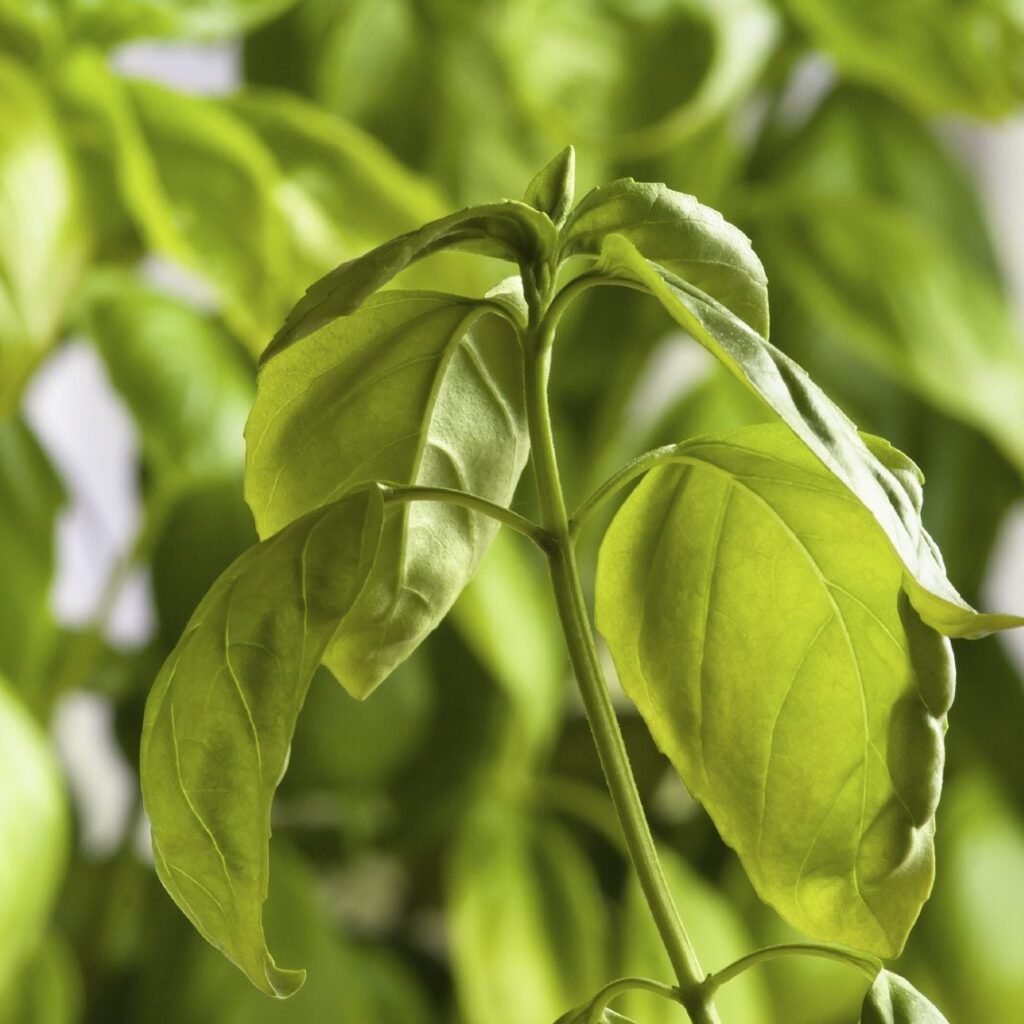
Ironically, both too little and too much water can cause curling leaves. Overwatering suffocates the roots, cutting off oxygen and leading to root rot, which makes it difficult for the plant to absorb water—even though the soil is wet.
Signs of Overwatering:
- Leaves curl downward or droop
- Soil stays constantly wet or soggy
- A musty or sour smell from the pot
- Yellowing leaves that easily fall off
What to Do:
First, stop watering immediately. Check the roots by gently removing the plant from its pot. If they’re brown, mushy, or have a foul odor, trim off the affected roots and repot in fresh, well-draining soil.
To avoid overwatering, make sure:
- Your pot has drainage holes.
- You use a well-aerated mix (especially for tropicals and succulents).
- You allow the top layer of soil to dry out before watering again.
A moisture meter can also help ensure your watering schedule stays balanced.
3. Low Humidity Levels
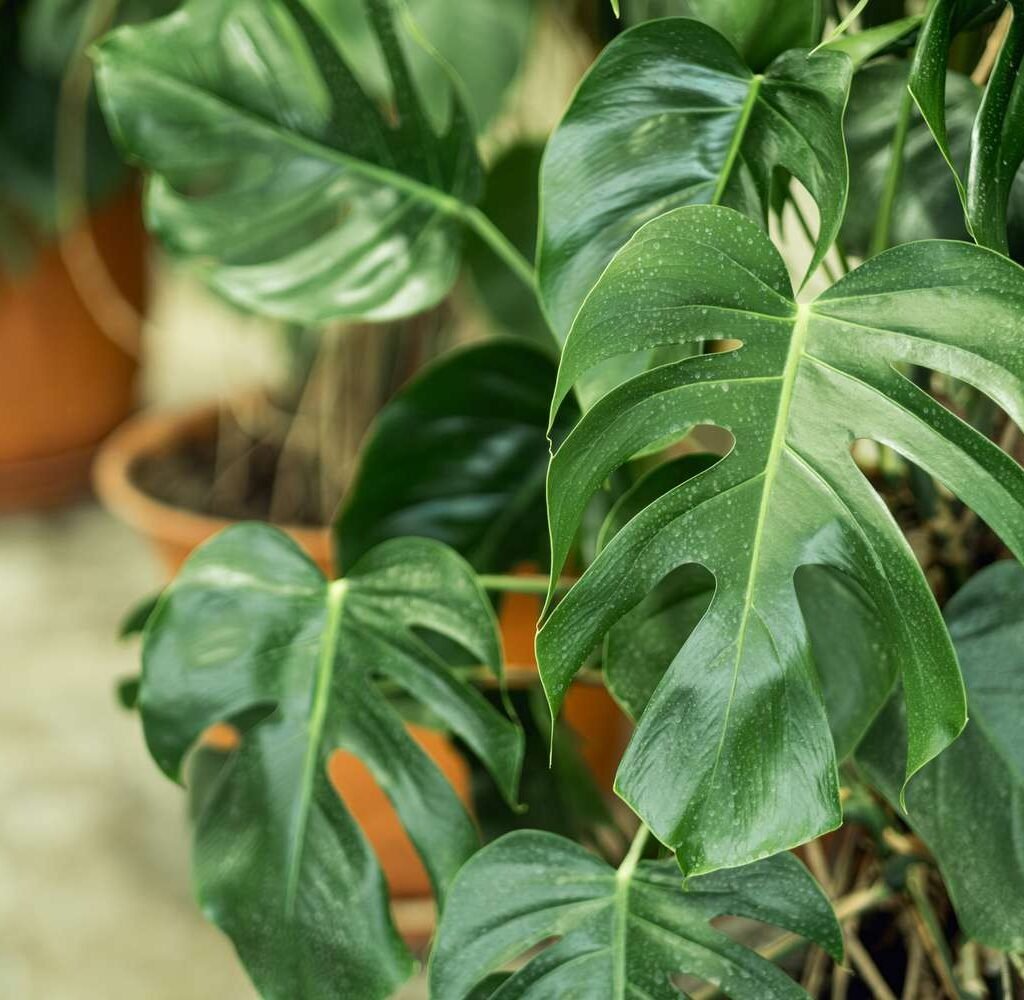
Indoor plants—especially tropical varieties like ferns, calatheas, and monsteras—thrive in humid environments. In dry indoor air (common during winter or in air-conditioned rooms), plants lose moisture through their leaves faster than they can absorb it, causing curling and brown edges.
Signs of Low Humidity:
- Leaf edges curl or crisp
- Brown tips or spots
- Slow growth or faded leaf color
What to Do:
- Mist the leaves daily using room-temperature water.
- Place a humidifier nearby, especially in winter months.
- Set plants together to create a microclimate that naturally increases humidity.
- Try the pebble tray method: Fill a shallow tray with water and pebbles, then place the pot on top (not touching the water directly).
Maintaining humidity levels between 50–60% will help tropical plants thrive and keep leaves lush.
4. Pest Infestations
Tiny sap-sucking insects—like spider mites, aphids, and thrips—are notorious for causing leaf curling. These pests feed on plant juices, damaging leaf tissues and causing them to twist or deform.
Signs of Pest Infestation:
- Sticky residue (honeydew) on leaves or nearby surfaces
- Fine webbing (a sign of spider mites)
- Deformed, curled, or discolored leaves
- Tiny visible insects on the underside of leaves
What to Do:
- Inspect the plant closely, especially the undersides of leaves and stems.
- Isolate the affected plant from others.
- Wipe leaves gently with a soft, damp cloth to remove visible pests.
- Use insecticidal soap, neem oil, or a homemade solution (a few drops of mild dish soap in water) to treat infestations.
- Repeat every few days until pests are gone.
Prevent future outbreaks by keeping your plants clean and dust-free and inspecting new plants before introducing them indoors.
5. Too Much Direct Sunlight
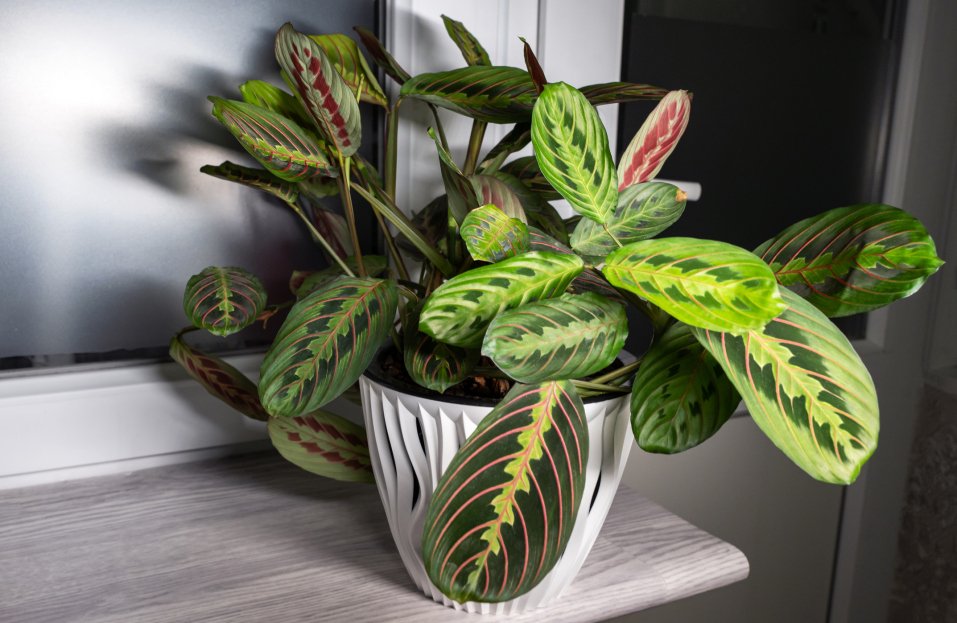
While most indoor plants love bright light, direct sunlight can scorch their leaves, causing them to curl, dry, or turn brown. Plants like pothos, philodendrons, and ferns prefer bright but indirect light—strong sun rays can be too harsh for them.
Signs of Light Burn:
- Leaves curl upward to avoid light
- Bleached, yellow, or crispy patches on leaves
- New growth appears smaller or stunted
What to Do:
Move the plant a few feet away from the window or place it behind a sheer curtain to diffuse sunlight. East- or north-facing windows generally provide gentle light that most indoor plants love.
If your space is too dark, consider using a grow light to supplement light safely without overheating your plants.
6. Nutrient Imbalance or Fertilizer Burn
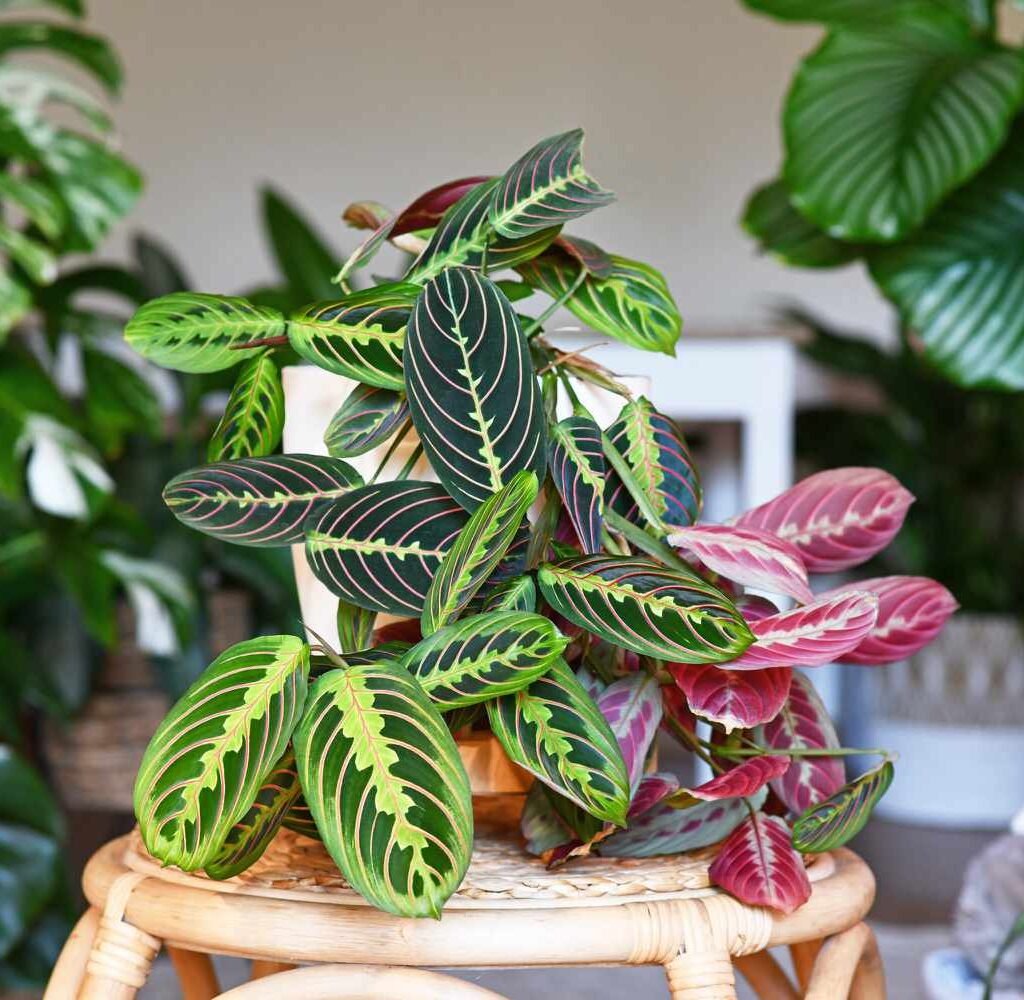
Just like people, plants need a balanced diet. Too much or too little fertilizer can both lead to curling leaves. Overfertilization builds up salts in the soil, which draws water away from the roots—causing stress and curling.
Signs of Fertilizer Issues:
- Leaf tips curl or turn brown
- White crust or residue on the soil surface
- Stunted or distorted new growth
- Sudden yellowing of lower leaves
What to Do:
If you suspect overfertilization:
- Flush the soil thoroughly with clean water to remove excess salts.
- Let the water drain completely.
- Hold off on fertilizing for a few weeks until the plant recovers.
Always follow the recommended dilution on fertilizer labels. For most houseplants, feeding once a month during the growing season (spring and summer) is sufficient—less in fall and winter when growth slows.
7. Temperature Fluctuations and Drafts
Plants are sensitive to temperature changes. Exposure to cold drafts, heaters, or AC vents can shock their systems, leading to curling or shriveled leaves.
Signs of Temperature Stress:
- Leaves curl or droop suddenly
- Browning edges or tips
- Slowed growth
- Wilting after being near cold windows or vents
What to Do:
- Keep plants in a stable temperature range—ideally between 65°F and 80°F (18°C–27°C).
- Avoid placing them near radiators, heaters, air conditioners, or drafty windows.
- Use thermometers to monitor room conditions, especially during seasonal changes.
Consistent warmth and stable humidity go hand in hand in keeping your houseplants healthy and relaxed.
Bonus Tip: Observe and Adjust
Every plant species communicates differently. The key to preventing curled leaves lies in observation and adaptation.
Ask yourself:
- How often am I watering?
- Is my plant near a vent, window, or direct sun?
- Have I recently changed fertilizer or soil?
Keeping a plant care journal can help track changes in watering, feeding, and light exposure, making it easier to identify what’s causing stress.
Final Thoughts
Leaf curling may look alarming, but it’s often your plant’s way of calling for help—not a death sentence. With careful observation and the right adjustments, most plants bounce back beautifully.
Whether it’s tweaking your watering schedule, improving humidity, or relocating your plant to a gentler light spot, small changes can make a big difference.
Remember: Healthy plants are resilient. When you meet their needs consistently, those curled leaves will unfurl again, lush and strong—proof that a little plant care detective work truly pays off.
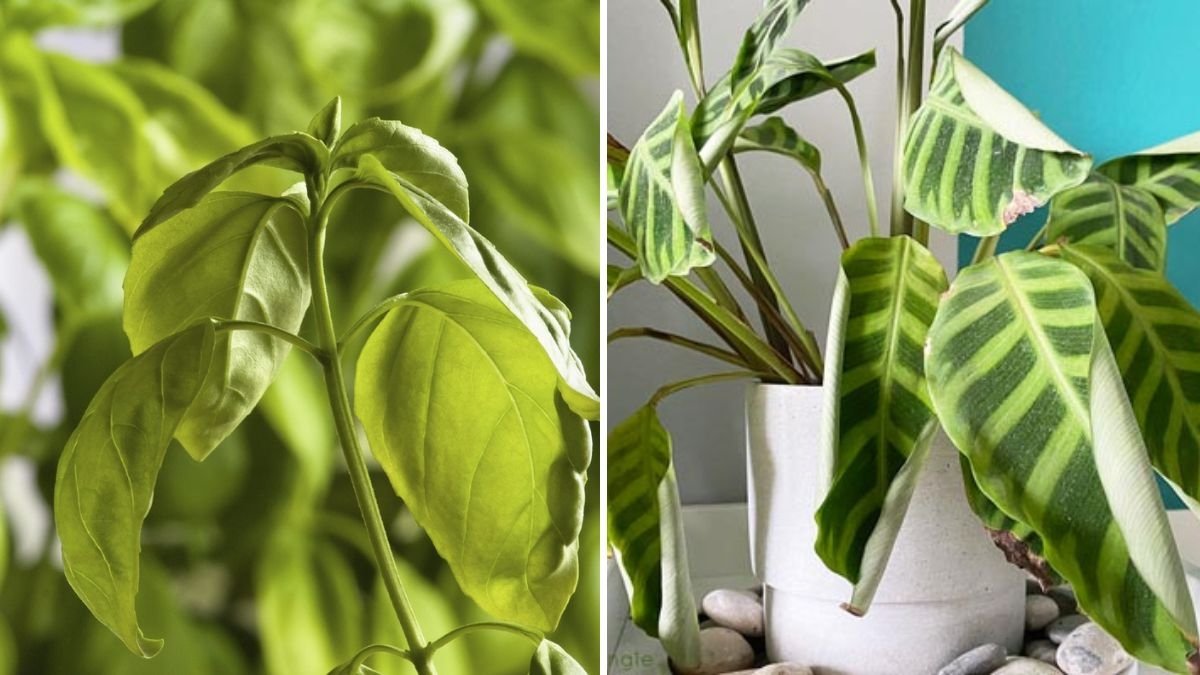




Leave A Comment